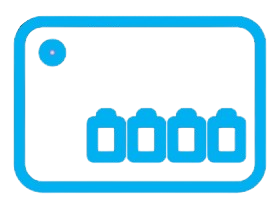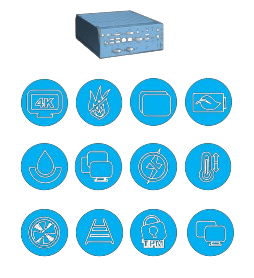Smart Connectivity for Industry & Automotive IoT Innovations
Explore how smart connectivity enhances efficiency, safety, and performance in Industry & Automotive sectors through IoT innovations. Drive operational excellence with real-time data and intelligent systems.
About IoT in Industry & Automotive
The integration of IoT (Internet of Things) in Industry & Automotive is transforming the way businesses operate, enhancing efficiency, automation, and data-driven decision-making. IoT connects machines, vehicles, and systems through smart sensors and real-time data analytics, enabling predictive maintenance, optimized workflows, and seamless communication.
In industries, IoT improves production efficiency, reduces downtime, and enhances worker safety. In the automotive sector, it enables smart fleet management, connected vehicles, and automated diagnostics, ensuring better performance and cost savings. By leveraging IoT, businesses can streamline operations, enhance security, and gain valuable insights for informed decision-making.
- Smart Fleet Management
- Automation & Efficiency
- Enhanced Safety & Security
- Predictive Maintenance
- Real-Time Monitoring
- Enhanced Customer Experience
- Data-Driven Decision Making
- Remote Operations & Control
- Energy Management
- Supply Chain Optimization
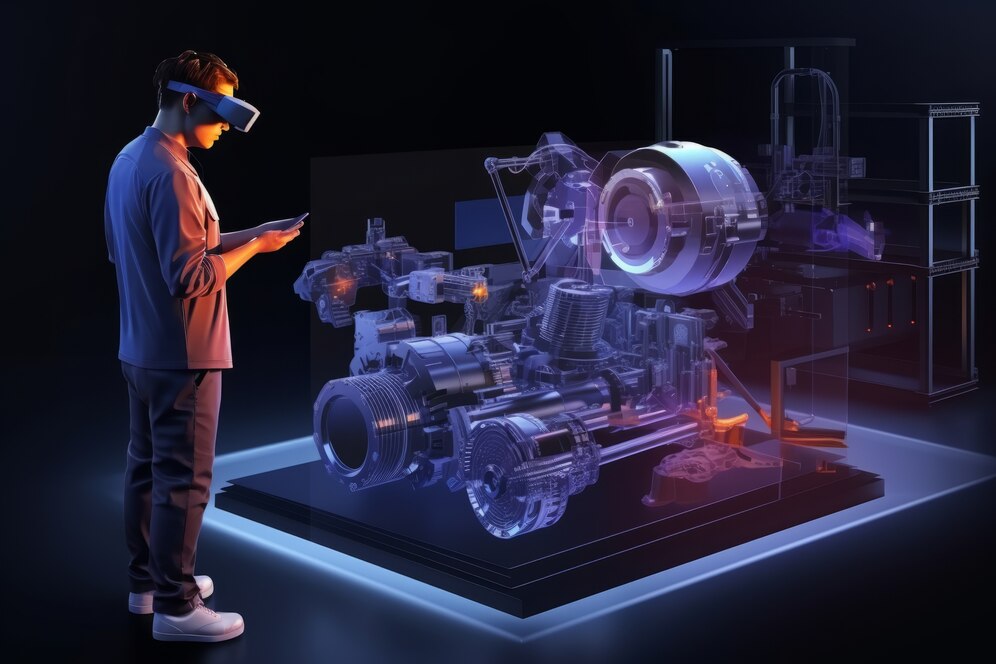
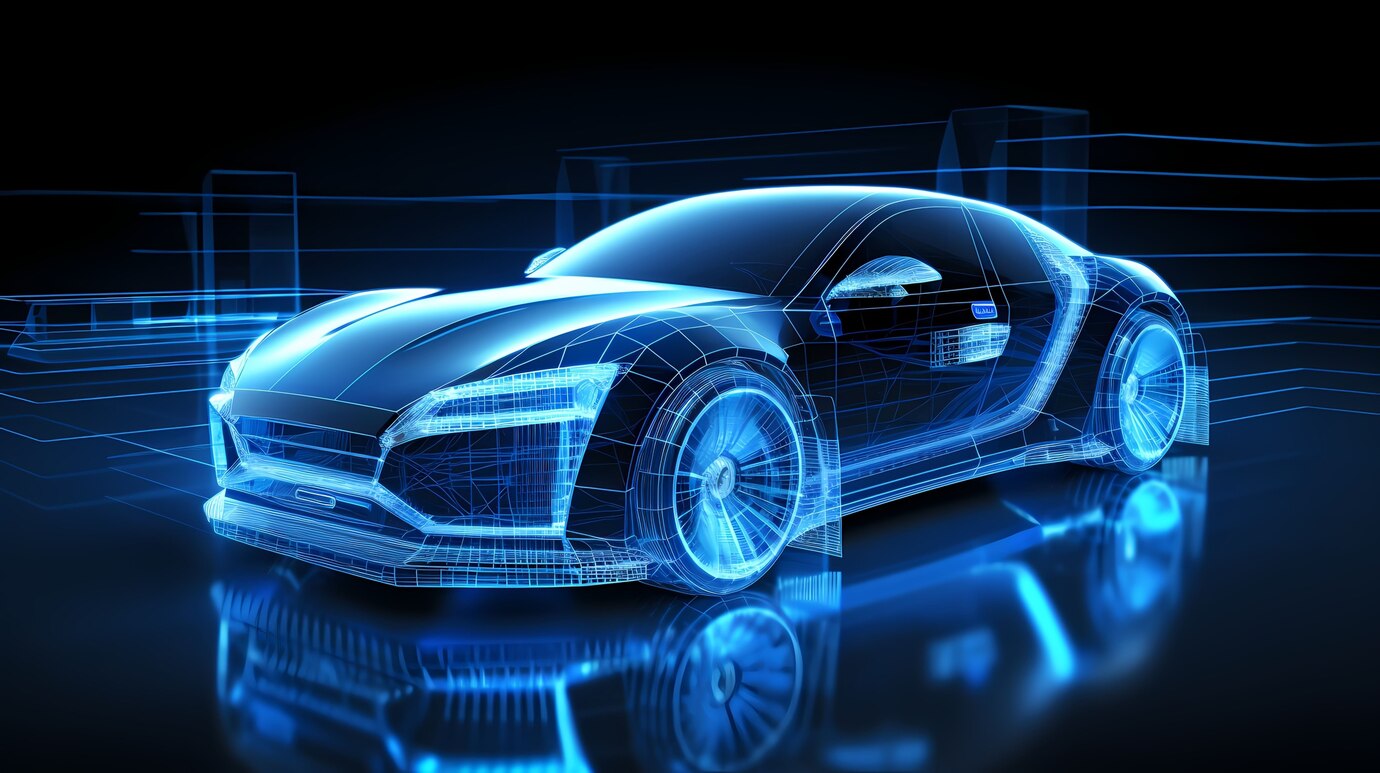
Why Choose IoT for Your Business?
Data Collection
- Continuous traffic monitoring
- Real-time weather data
- Road surface conditions
- Historical accident data
Modeling Approaches
- Stochastic Traffic Assignment
- Markov Decision Processes
- Agent-Based Simulations
- AI-Enhanced Forecasting
Key Applications
- Driver behavior scoring
- Road quality assessment
- Traffic prediction
- Dynamic routing
Transportation Ecosystem Partners
Government Agencies
Partnerships with transportation departments and smart city initiatives to implement city-wide solutions.
Public Transportation
Integration with transit systems to optimize routes, reduce delays, and improve passenger experiences.
Energy Providers
Collaboration with fuel stations and charging networks to optimize distribution and reduce congestion.
Use cases
Taxi Services
Driver performance monitoring and route optimization for improved service quality and safety.
Car Rental
Vehicle tracking and condition monitoring for improved rental experience and asset management.
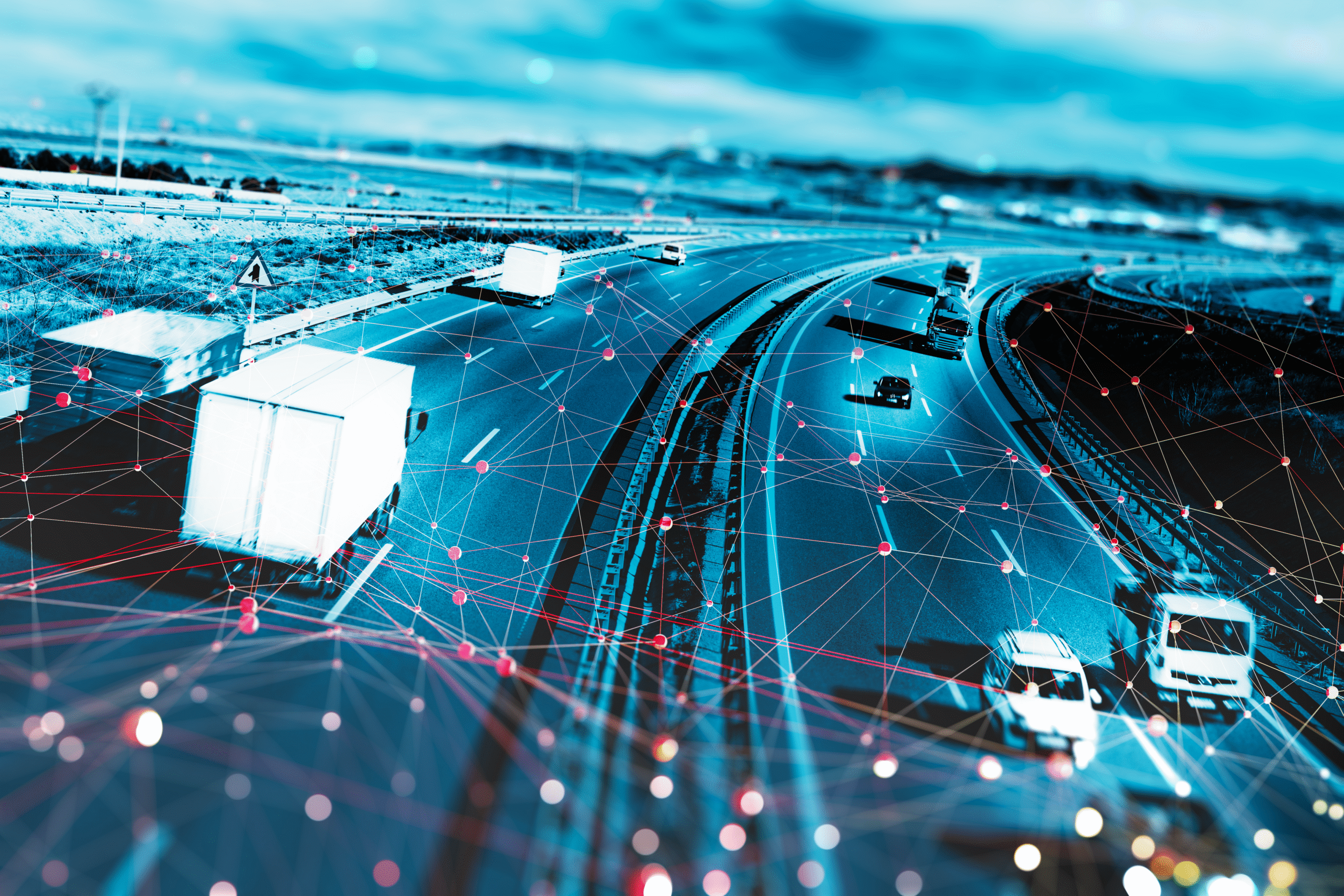
Fleet Management
Comprehensive vehicle health tracking and maintenance prediction for commercial fleets.
City Planning
Road condition data for infrastructure maintenance planning and traffic flow optimization.
Insurance
Usage -based policies with accurate driver behavior data for fair premium calculations.
Why Choose IoT for Your Business?
Maintenance Cost Reduction
Lower service expenses through predictive maintenance
Fuel Efficiency Improvement
Optimized routing and driving behavior monitoring
Extended Asset Lifespan
Longer vehicle life through proactive care
Higher Resale Value
Blockchain-verified maintenance history
Real-time, Privacy-Preserving Traffic Monitoring
Infrastructure Preservation
Reduce downtime and extend lifespan of road infrastructure and vehicles through early issue detection.
Operational Optimization
Lower costs and make more effective use of resources with data-driven decision making.
Traffic Flow Enhancement
Reduce congestion and improve transportation efficiency with dynamic routing and signal control.
Safety Improvement
Identify and address safety concerns quickly while optimizing public security systems.
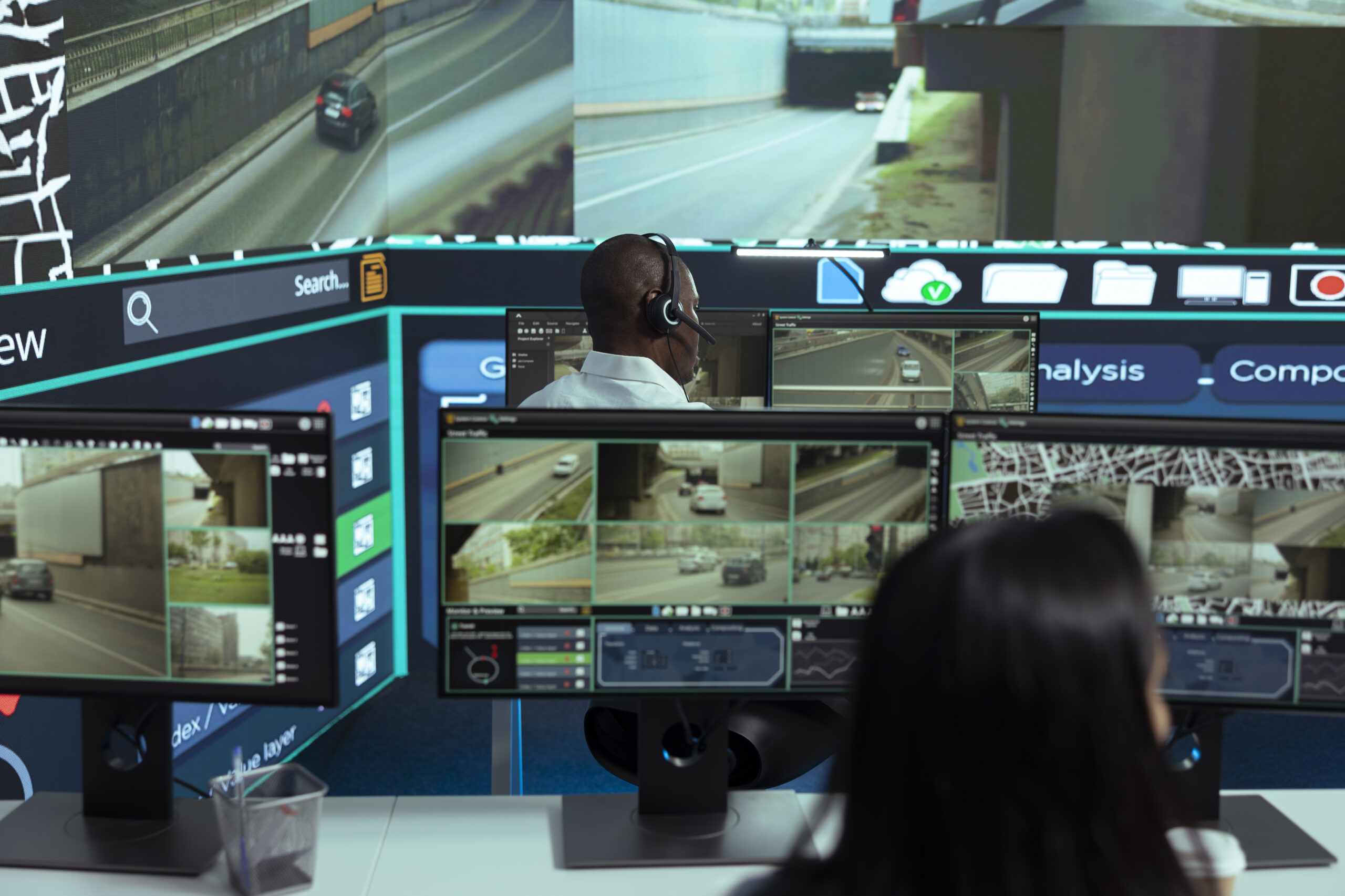
Edge loT benefit for your business.
The Internet of Things (IoT) is transforming industries by enabling smart connectivity, automation, and real-time decision-making. Businesses that integrate IoT experience improved efficiency, cost savings, and enhanced security. By connecting devices, machines, and systems, IoT provides valuable data insights that help streamline operations, predict maintenance needs, and optimize resource utilization.
With AI-powered analytics and automation, IoT reduces downtime, increases productivity, and enhances customer experiences. Whether in manufacturing, logistics, or automotive industries, IoT ensures seamless operations, data-driven strategies, and long-term scalability.
- Cost Optimization
- Remote Monitoring & Control
- Data Integration & Insights
- Improved Customer Experience
- Increased Productivity

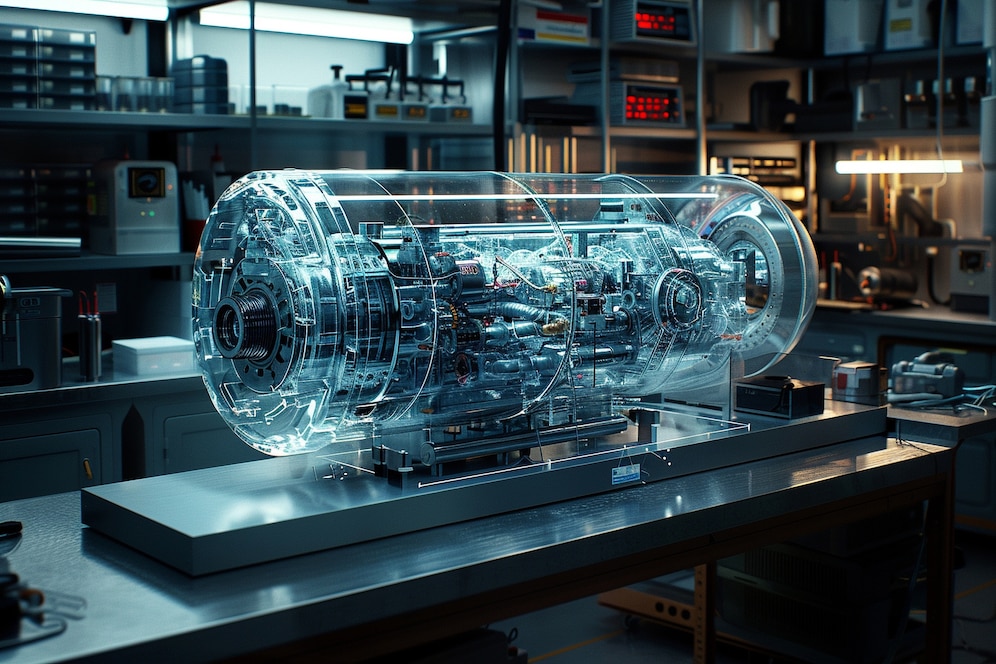
Revolutionize Your Business with Smart IoT Solutions
Stay ahead of the curve with IoT solutions for Industry & Automotive. Discover the benefits of automation, real-time data, and predictive analytics.
What is Road Scoring?
Road Scoring is an AI-driven system that evaluates road conditions, driving behavior, and environmental factors to enhance safety, traffic management, and vehicle efficiency. It assigns a score to roads based on parameters like surface quality, congestion levels, accident history, and real-time traffic data. These insights help in better route planning, predictive maintenance, and risk assessment for drivers, fleet operators, and city planners.
How Does Road Scoring Work?
Road Scoring utilizes a combination of IoT sensors, GPS data, AI, and machine learning algorithms to assess road safety and efficiency. The system collects and analyzes real-time and historical data to generate insights for better traffic management and infrastructure planning.
Key Factors in Road Scoring
- Road Surface Quality
- Traffic Density & Flow
- Accident & Risk Analysis
- Weather Conditions
- Driving Patterns & Violations
- Infrastructure & Signage Compliance


Benefits of Road Scoring
- Insurance & Risk Assessment
- Better Urban Planning & Infrastructure Development
- Optimized Logistics & Transportation
- Support for Autonomous Vehicles
- Safer Driving Conditions
- Enhanced Traffic Management
Traffic Conditions
Traffic conditions refer to the real-time state of road congestion, vehicle flow, and transportation efficiency in a specific area. They are influenced by various factors, including road infrastructure, vehicle density, weather conditions, and driver behavior. Monitoring and managing traffic conditions is crucial for improving road safety, reducing congestion, and optimizing urban mobility.

Key Factors Affecting Traffic Conditions
- Freight & Heavy Vehicles
- Public Events & Road Closures
- Accidents & Road Incidents
- Weather & Environmental Conditions
- Road Infrastructure & Maintenance
- Traffic Signal Timing & Control
- Vehicle Density & Road Capacity

How Traffic Conditions are Monitored
- Mobile & Navigation Apps
- Connected Traffic Management Systems
- Satellite & Drone Surveillance
- AI & Big Data Analytics
- IoT & GPS-Based Traffic Sensors

Solutions for Improving Traffic Conditions
- Smart Traffic Control Systems – AI-driven traffic lights adjust based on real-time congestion.
- Advanced Road Planning & Infrastructure – Improved road designs and better maintenance reduce bottlenecks.
- Public Transportation Expansion – Encouraging metro, buses, and cycling helps reduce private vehicle dependency.
- Carpooling & Ride-Sharing Initiatives – Fewer vehicles on the road ease congestion.
- Autonomous & Connected Vehicles – Self-driving cars and vehicle-to-vehicle communication improve traffic efficiency.
- Real-Time Traffic Alerts & Navigation – Drivers receive live updates to avoid congested routes.
Driver Scoring
Driver scoring is an AI-driven assessment system that evaluates a driver’s behavior, skills, and risk factors using telematics, IoT sensors, AI, and machine learning. It helps in improving road safety, fleet management, insurance premium calculations, and driver training by providing real-time feedback and analytics.
How Driver Scoring Works
1. Data Collection
Driver scoring systems gather data from multiple sources, including:
- Telematics Devices – In-vehicle sensors tracking acceleration, braking, speed, and cornering.
- GPS Tracking – Monitors route efficiency, sudden detours, and stop durations.
- IoT Sensors & Cameras – Detects distractions, fatigue, and adherence to traffic rules.
- AI & Machine Learning Algorithms – Analyzes driver behavior patterns over time.

2. AI-Based Scoring Calculation
Collected data is processed using AI and big data analytics to evaluate driver performance based on:
- Speeding Patterns – Frequent high-speed driving can lower scores.
- Harsh Braking & Acceleration – Sudden stops and aggressive acceleration indicate reckless driving.
- Cornering & Lane Changes – Abrupt turns and lane changes impact the score.
- Distraction Detection – AI-powered cameras monitor phone usage, drowsiness, and inattentiveness.
- Adherence to Traffic Laws – Tracks violations like running red lights or not using indicators.

3. Score Generation & Insights
Employers, insurers, or ride-sharing platforms can reward high-scoring drivers with benefits like discounts or bonuses.
- Driver Score (0-100) – A dynamic score is assigned based on driving behavior, where higher scores indicate safer and more responsible driving.
- Real-Time Alerts – Instant notifications warn drivers about risky behavior, such as speeding, harsh braking, or distracted driving.
- Trend Analysis & Behavior Insights – Reports track long-term driving patterns, highlighting areas for improvement and recognizing safe driving habits.
- Risk Assessment & Prediction – AI-driven models predict the likelihood of accidents or violations based on historical data.
- Route Efficiency Analysis – Evaluates driving routes for fuel efficiency, time optimization, and traffic avoidance.

Vehicle Life Cycle Stages
The life cycle of vehicles such as buses, trucks, and taxis follows multiple stages, from manufacturing to retirement. It begins with design and production, where engineers develop models with efficiency and safety in mind. Once manufactured, the vehicle enters the initial deployment phase, where it is registered and begins operational use.
During its active operation, the vehicle undergoes daily usage in transportation, logistics, or ride-sharing services. To maintain performance, regular maintenance and repairs are conducted, including engine servicing and part replacements. Mid-life upgrades may involve technological enhancements or fuel efficiency improvements.
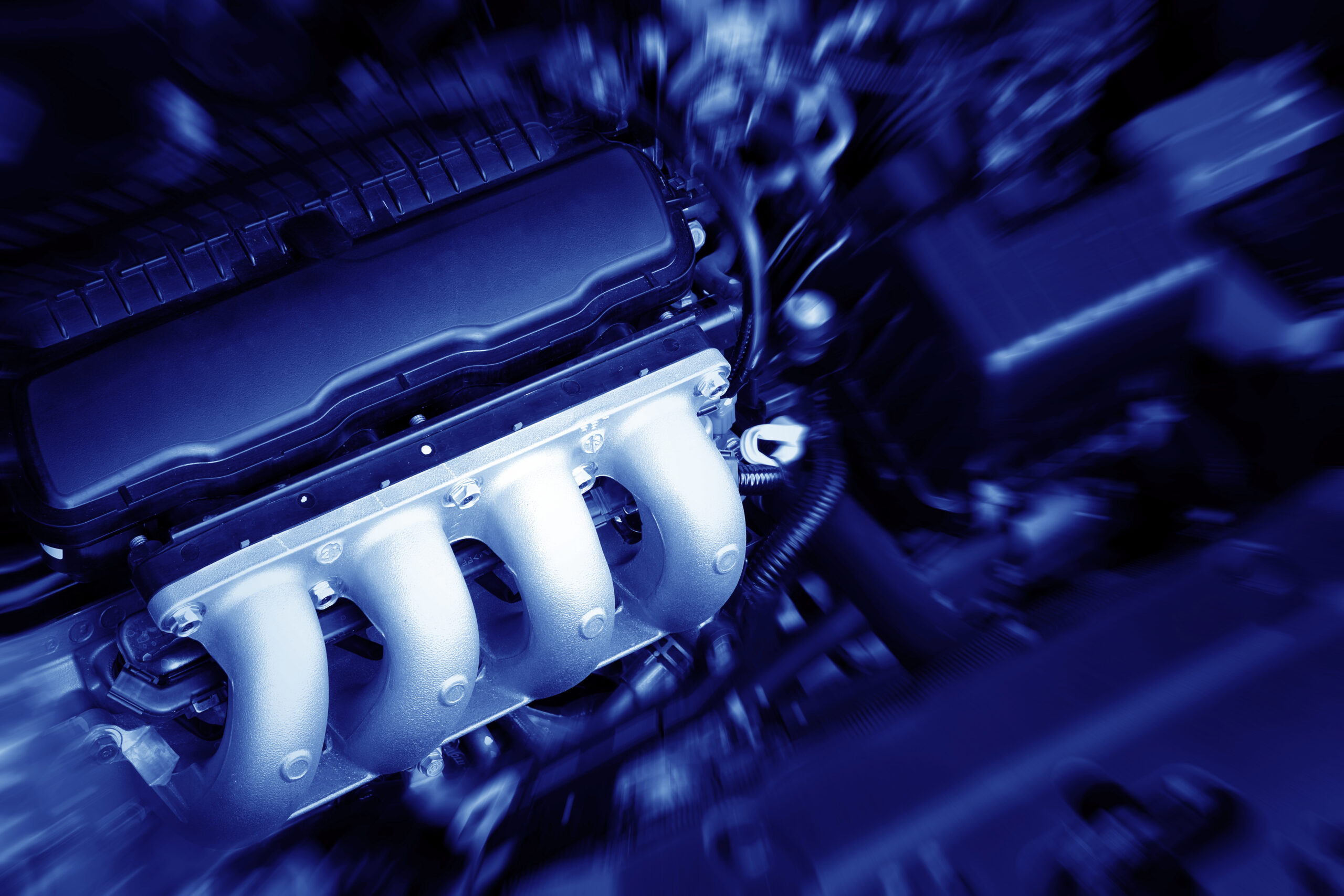
2. Initial Deployment & Early Use
- First Ownership & Registration – Vehicles are officially registered with authorities, assigned license plates, and insured before hitting the road.
- Compliance & Certification – Vehicles undergo final inspections to ensure adherence to safety, emission, and regulatory standards.
- Operational Onboarding –
- Buses are assigned routes and schedules for public transport.
- Trucks are integrated into logistics and freight operations.
- Taxis and ride-sharing vehicles are linked to platforms for passenger services.

1. Design & Manufacturing
- Concept & Design – Engineers develop vehicle models focusing on fuel efficiency, safety, and capacity.
- Material Selection – Use of steel, aluminum, plastics, and composites for body structure.
- Production & Assembly – Manufacturing plants assemble engines, chassis, interiors, and electrical systems.
- Quality Testing & Compliance – Vehicles undergo safety, durability, and emission tests before launch.
- Crash & Safety Tests – Impact simulations ensure passenger protection.
- Durability & Stress Testing – Vehicles undergo extreme condition assessments.

Active Operational Phase
- Bus: Used for public transportation, school transport, or tourism.
- Truck: Engaged in logistics, freight transport, or construction.
- Taxi: Provides ride-sharing or individual transport services.
- Daily Use & Wear – Vehicles accumulate mileage, requiring regular maintenance.
- Fuel & Energy Consumption – Petrol, diesel, or electric power usage varies by vehicle type.
- Performance Monitoring – IoT sensors and telematics track vehicle efficiency and driver behavior.
- Driver & Operational Safety Enhancements
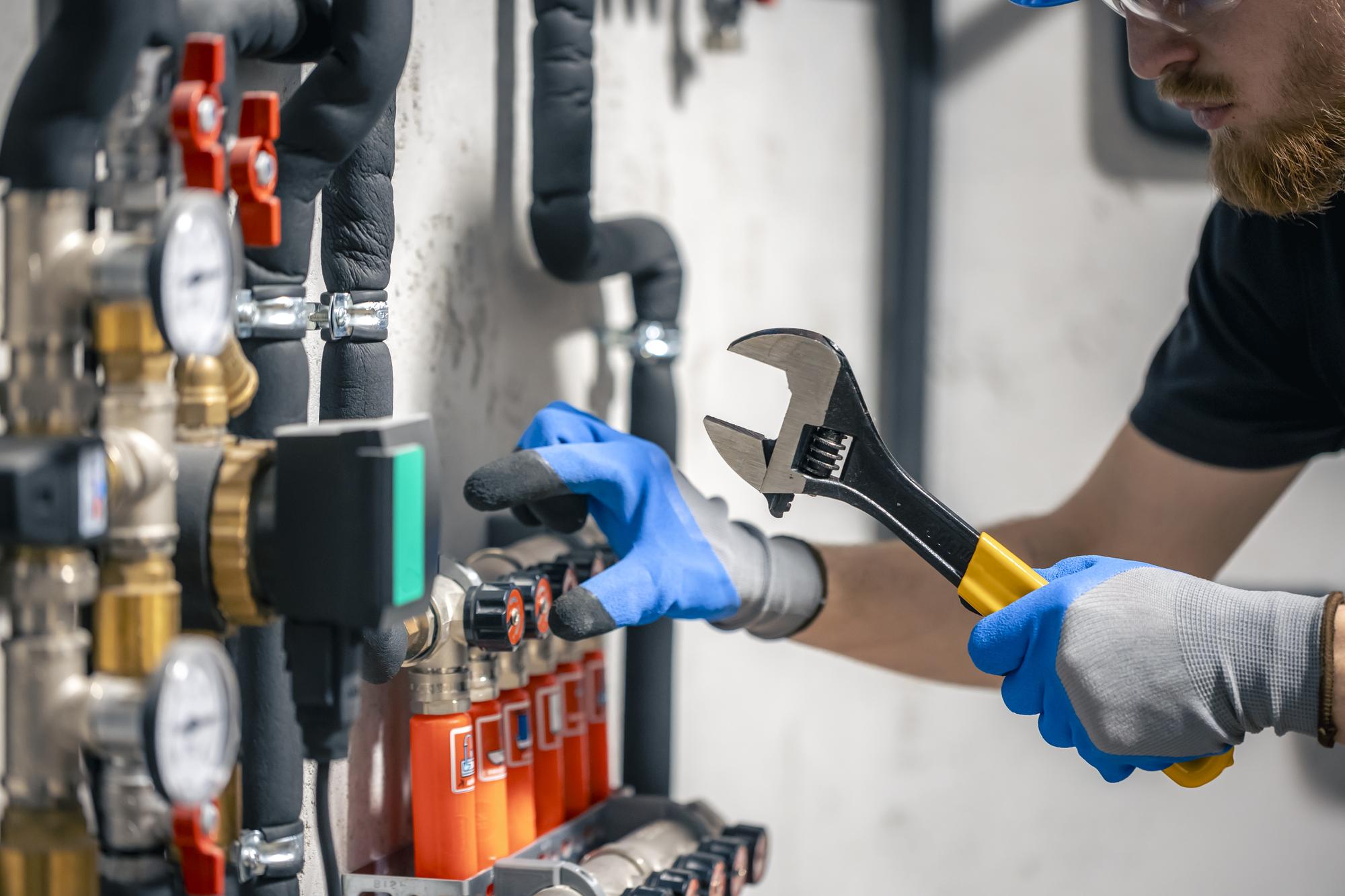
Maintenance & Repairs
- Scheduled Maintenance Programs – Service providers follow manufacturer’s recommended schedules to ensure longevity.
- Onboard Diagnostics (OBD-II) system checks for issues, helping mechanics address problems more efficiently.
- AI-powered diagnostic tools identify issues early, preventing breakdowns and costly repairs.
- Mechanical Fixes – Fixing or replacing damaged parts like axles, steering components, or electrical systems after accidents.
- Bodywork & Frame Repair – Replacing or fixing damaged body panels, frames, and parts following a collision.
Our Product & Services
Providing over 400 products through product lines of Industrial PCs (IPCs), Single Board Computers,
System-on-Modules, Fanless and Rugged Embedded Systems, Intelligent Transportation System,
Board Modules
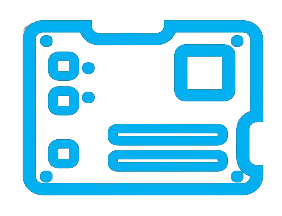
System Platform
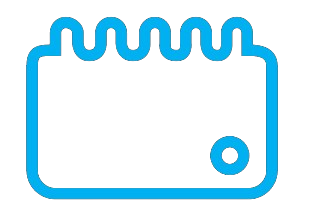
AIoT Solutions
